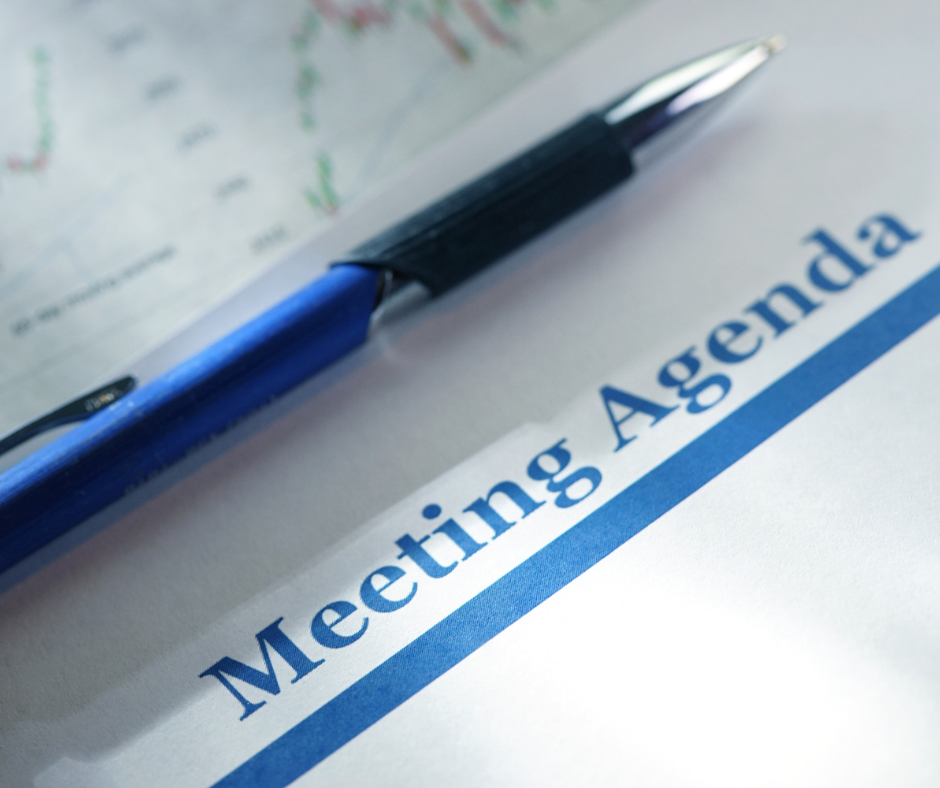Effective communication is essential for workplace safety. Clear and consistent messaging helps employees understand safety protocols, procedures, and potential hazards, significantly reducing the likelihood of accidents and injuries.
By promoting open dialogue and sharing comprehensive information, organisations can empower their teams to actively contribute to creating and maintaining a safe and secure work environment.
1. Plan your communications
You know your workers best – plan what you need to communicate, and when and how you will do so.
 2. Conduct regular safety training
2. Conduct regular safety training
Holding regular training sessions gives you the opportunity to discuss and reinforce safety standards and procedures with your workforce. Concise and frequent sessions is the best way to ensure engagement with your workforce and retention of key messages.
3. Target information to the relevant audiences
There is no point in bogging your employees down with information that is not helpful or relevant to their job role – if you overload them, they may tune out or ignore future messages.
Instead, tailor your communications to suit the people you are reaching out to.
 4. Include safety in regular meetings
4. Include safety in regular meetings
Safety communications do not have to be limited to their own meetings. By putting safety on the agenda of your regular team meetings, you ensure people remember what they need to do to be safe and keep safety in the forefront of their minds.
5. Clearly display safety signage
Place slogans, visuals, and safety warnings in prominent areas in your workplace in order to reinforce key safety messages. For signs related to specific hazards, these should be displayed in the location where the hazard is present in order to provide an immediate reminder.
6. Schedule overlaps in shifts
If you have continuous operations that work across shifts, you should ensure there is a way of sharing information between different teams.
A short overlap where employees and managers have a chance to share important information with those on another shift can be crucial in ensuring everyone has all the facts.
7. Hear your employees
 Employee feedback is a vital part of understanding and improving the safety culture in your workplace. Feedback from employees who are on the front line can help give you a true insight into how well safety is implemented on site.
Employee feedback is a vital part of understanding and improving the safety culture in your workplace. Feedback from employees who are on the front line can help give you a true insight into how well safety is implemented on site.
There are a number of ways to listen to your employees:
- surveys
- polls
- face-to-face consultations
- workshops
- focus groups
- question and answer sessions
8. Make your communications realistic
Sharing real examples from your company or others in your industry can help to illustrate safety messaging that may otherwise be too high-level and abstract to make an impact.
9. Enhance your communication with technology
 Incorporating digital tools in your workplace communication can help to improve the effectiveness, reach, and engagement with safety messages. Tools that you could use include:
Incorporating digital tools in your workplace communication can help to improve the effectiveness, reach, and engagement with safety messages. Tools that you could use include:
- virtual training
- webinars
- safety apps
- interactive signs and displays
- data analytics
- online portals
10. Use different communication types
Different communication styles suit different types of people and can affect the way they learn and retain information.
Make sure you understand your employees’ communication preferences and adapt to suit them, while also keeping accessibility in mind regarding language and formatting.

Lone Working & Communication Skills are essential tools in protecting your lone workers this holiday season.
Make sure you don’t miss out on our 10% off deal on these courses, available until the end of December. Simply enter the code ‘lone10’ at checkout to save!
Read more Top 10 Tips blogs here.
To keep up to date with the latest health & safety news and advice, follow us on social media:
